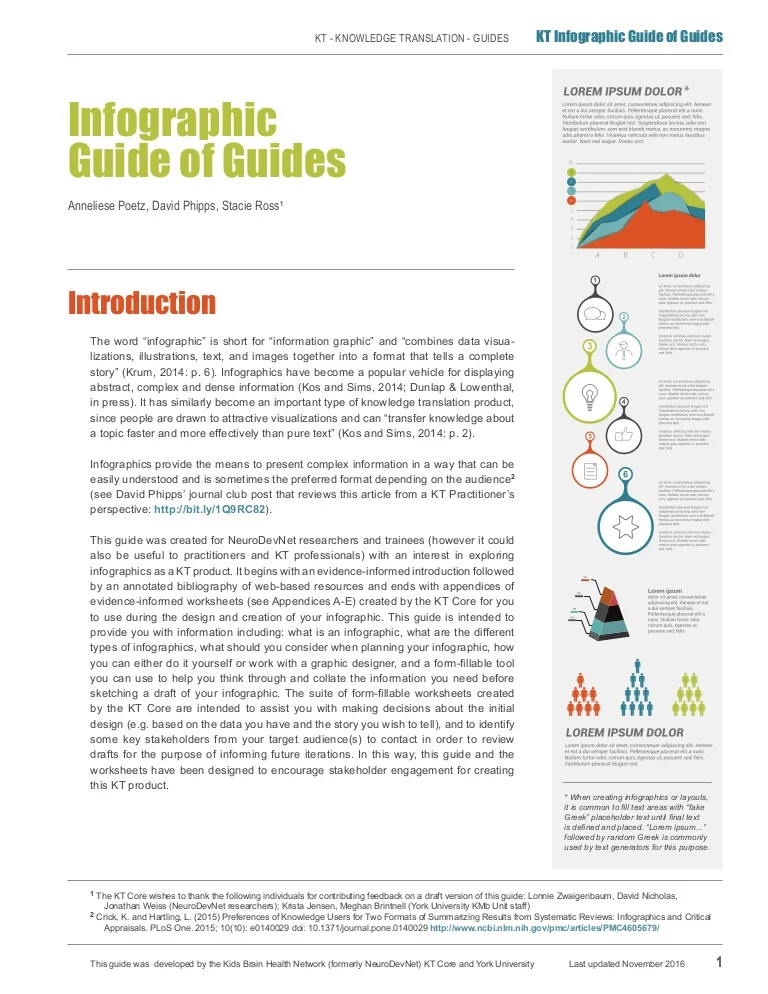How Do Childhood Experiences Influence Personality Disorders
How Do Childhood Experiences Influence Personality Disorders
Blog Article
Just How Do State Of Mind Stabilizers Work?
Mood stabilizers help to soothe areas of the mind that are influenced by bipolar illness. These medicines are most efficient when they are taken frequently.
It might take a while to locate the best medication that works ideal for you and your medical professional will certainly check your problem throughout therapy. This will include routine blood examinations and possibly an adjustment in your prescription.
Natural chemical guideline
Neurotransmitters are a group of chemicals that regulate one another in healthy and balanced people. When degrees end up being out of balance, this can lead to mood problems like clinical depression, stress and anxiety and mania. Mood stabilizers aid to prevent these episodes by assisting manage the equilibrium of these chemicals in the brain. They likewise may be made use of along with antidepressants to improve their efficiency.
Medications that function as state of mind stabilizers include lithium, anticonvulsants and antipsychotics. Lithium is possibly one of the most well known of these medicines and jobs by affecting the flow of salt through nerve and muscle mass cells. It is frequently used to treat bipolar illness, yet it can also be practical in dealing with various other mood disorders. Anticonvulsants such as valproate, lamotrigine and carbamazepine are additionally effective mood stabilizing medications.
It can take a while to find the right type of medicine and dose for each person. It is essential to collaborate with your physician and engage in an open discussion about exactly how the medication is working for you. This can be particularly handy if you're experiencing any side effects.
Ion channel modulation
Ion channels are a significant target of state of mind stabilizers and lots of various other medicines. It is currently well established that they are vibrant entities that can be modulated by a selection of outside stimulations. Additionally, the inflection of these channels can have a variety of temporal results. At one extreme, changes in gating characteristics might be fast and rapid, ocd treatment as in the nicotinic acetylcholine receptor/channel system. At the other end of the spectrum, covalent alteration by protein phosphorylation may lead to changes in channel function that last longer.
The area of ion network inflection is entering a period of maturity. Current researches have actually shown that transcranial concentrated ultrasound (United States) can promote nerve cells by triggering mechanosensitive potassium and sodium channels installed within the cell membrane layer. This was shown by expressed channels from the two-pore domain potassium household in Xenopus oocytes, and focused US dramatically modulated the present streaming with these networks at a holding voltage of -70 mV (appropriate panel, loved one effect). The results follow previous monitorings revealing that antidepressants influencing Kv networks regulate glia-neuron interactions to opposite depressive-like habits.
Neuroprotection
State of mind stabilizers, like lithium, valproic acid (VPA), and carbamazepine, are crucial in the therapy of bipolar illness, which is identified by recurrent episodes of mania and depression. These drugs have neuroprotective and anti-apoptotic homes that assist to prevent cellular damage, and they also boost mobile strength and plasticity in useless synapses and neural circuitry.
These safety activities of mood stabilizers may be mediated by their inhibition of GSK-3, inositol signaling, and HDAC activity. In addition, long-lasting lithium therapy shields versus glutamate excitotoxicity in cultured nerve cells-- a version for neurodegenerative problems.
Research studies of the molecular and mobile results of state of mind stabilizers have actually shown that these medications have a large range of intracellular targets, including several kinases and receptors, in addition to epigenetic modifications. Further study is needed to identify if mood stabilizers have neurotrophic/neuroprotective actions that are cell kind or wiring specific, and just how these impacts may enhance the rapid-acting therapeutic feedback of these agents. This will help to create brand-new, much faster acting, a lot more effective treatments for psychological health problems.
Intracellular signaling
Cell signaling is the procedure whereby cells interact with their environment and various other cells. It involves a series of steps in which ligands connect with membrane-associated receptors and cause activation of intracellular pathways that manage vital downstream cellular features.
Mood stabilizers act upon intracellular signaling with the activation of serine-threonine protein kinases, causing the phosphorylation of substrate healthy proteins. This triggers signaling cascades, bring about modifications in genetics expression and cellular function.
Several mood stabilizers (including lithium, valproate and lamotrigine) target intracellular signaling paths by inhibiting certain phosphatases or activating details kinases. These impacts cause a decline in the activity of these paths, which causes a reduction in the synthesis of specific chemicals that can affect the brain and bring about signs of depression or mania.
Some state of mind stabilizers also function by enhancing the task of the repressive neurotransmitter gamma-aminobutryic acid (GABA). This boosts the GABAergic transmission in the brain and lowers neural task, thus producing a calming result.